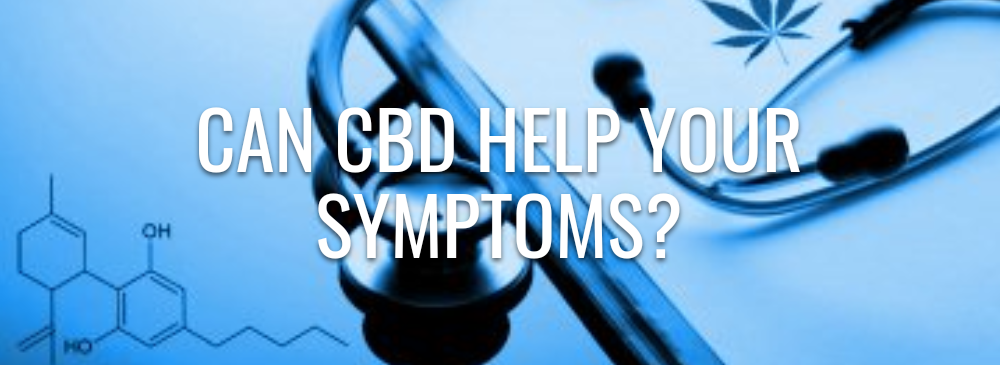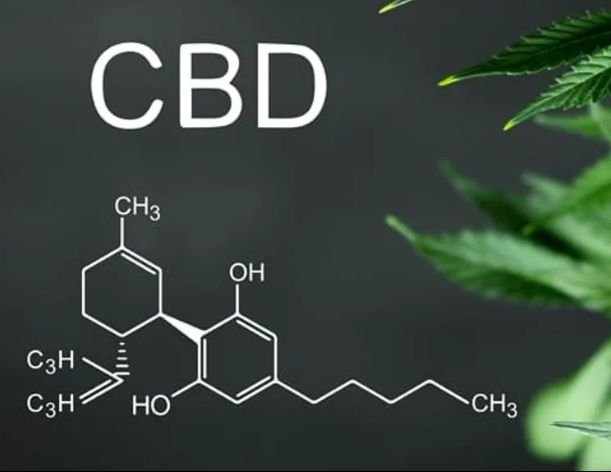How to Use CBD Oil For Pain
Many patients are starting to use CBD oil for pain management because it offers the same natural therapeutic benefits as medical marijuana without the psychoactive effects. In other words, patients who learn how to use cannabis oil won’t experience the high associated with medical marijuana. CBD is short for cannabidiol, which is one of the key elements found in cannabis. Many believe that the oil extraction and use provides a safer alternative to prescription drugs, and it also isn’t governed by the same laws and regulations as medical marijuana. allgreensclinic.org/April 26, 2019

What Kind of Pain Can CBD Oil Treat?
CBD oil primarily reduces pain and stress. Patients who use any of these products can also expect to experience improvements in mood, memory, and appetite. The most common use of CBD is to treat chronic pain, especially the type of pain that is difficult to manage. CBD oil has had a positive effect on patients with various kinds of different ailments including the following:
Chronic Headaches and Migraines
CBD has a promising impact on inflammation, which makes it great for treating headaches. It also helps regulate stress and sleep, which leads to a decrease in persistent headaches.
Arthritis
CBD’s ability to reduce swelling and inflammation in joints makes it a terrific natural way to reduce the effects of arthritis. *HashTagPainAway.com sponsors CareBalmDirect.com https://carebalmdirect.com/shop/ who provides a “Pain Relief Rub” that helps alleviate the aches & pains that the many different types of Arthritis cause.
Sleep Disorders
Patients with chronic pain often have a hard time falling asleep and staying asleep. Many believe that the use of CBD oil can help solve those problems, and research has also shown a positive effect on REM sleep disorder, insomnia, sleep apnea, and even nightmares from PTSD.
Multiple Sclerosis
Patients with multiple sclerosis have reported that using CBD products has helped reduce spasms, pain, and other issues that threaten their mobility.
*HashTagPainAway.com sponsors CareBalmDirect.com who provides an All-Natural “Pain Relief Rub” that helps alleviate the aches & pains that the many different types of Arthritis and other aliments cause. https://carebalmdirect.com/shop/
Dosing can be tricky!
How do you determine the right amount.
It can be tough to figure out how much CBD you should take, as CBD isn’t currently regulated by the Food and Drug Administration (FDA), and there are no official recommended dosages.
Here’s what you need to know about figuring out how much CBD to take.
What the research says about CBD
CBD has been the subject of a lot of discussion and research over the past few years.
As this 2017 reviewTrusted Source The studies analyzed in that review didn’t show that there’s one universal dosage of CBD that everyone should take. Instead, it underscored the fact that different people (and, in the animal studies, different animals) respond to different dosages of CBD. Most of the human studies use dosages anywhere between 20 and 1,500 milligrams (mg) per day.
Figuring out the right amount for you
The amount of CBD you should take depends on a range of factors, including:
- your body weight
- the condition you’re treating
- your individual body chemistry
- the concentration of CBD in each pill, capsule, drop, or gummy
In other words, there are a lot of variables that go into deciding how much CBD to take. Before trying CBD, be sure to talk to your doctor about an appropriate dosage and any potential risks. If your doctor tells you how much to use, stick to their recommendation. This is especially important if you’re taking a prescription medication that contains CBD, such as Epidiolex, a form of seizure medication.
If your doctor doesn’t provide a recommendation, it’s best to start with a smaller dosage and gradually increase it. This could mean starting with 20 to 40 mg a day. After a week, increase this amount by 5 mg. Continue this until you feel that it’s effectively treating your symptoms.
For example, you might start off with 40 mg to treat severe pain. You can take 40 mg on days when you’re in a lot of pain. After a week, you increase it to 45 mg, and after a second week, you use 50 mg. At this point, you might feel that your pain is bearable.
It might be wise to keep track of how much CBD you’re taking and whether your symptoms are getting better. Write it down on paper or in a notes app on your phone.
*Check out this site of a Sponsored Company that makes an All-Natural topical “Pain Relief Rub”. Click the link below to Learn More!
How to calculate dosage
Some products, such as CBD gummies, capsules, or pills, tell you how much is in a single serving. For example, the packaging on a bottle of CBD capsules might indicate that there are 5 mg of CBD per capsule.
If you’re using CBD oil, it’ll likely come in a dropper bottle. The packaging might specify how much CBD is in a single drop. From there, you can figure out how many drops you need to use.
Sometimes it’s harder to figure out how much CBD is in one drop because the packaging specifies the total amount of CBD in the entire bottle, but not the amount that will be in a single drop. One drop is about 0.05 milliliters (mL). That is, not a full dropper — just a single drop. This means that a 10-mL bottle of CBD oil contains 200 drops. If the packaging for that 10-mL bottle says that the bottle contains 1,000 mg of CBD, each drop will contain about 5 mg of CBD.
SUMMARY
Start with a small dosage of CBD and increase slowly until you reach your desired effect. Your ideal dosage of CBD depends on a lot of factors, like your body weight, body chemistry, the condition you’re treating, and the concentration of CBD in the product you’re using.
Is it possible to take too much CBD?
A 2011 reviewTrusted Source on the safety and side effects of CBD found that continuous use of CBD, even in high doses like 1,500 mg a day, is tolerated well by humans. If you’re currently taking medication and would like to try CBD, it’s essential to discuss this with your doctor.
There are very few known side effects of CBD.
Possible side effects
- fatigue
- diarrhea
- changes in appetite
- changes in weight
CBD isn’t regulated by the FDA, so it’s up to you to make sure that you’re only using high-quality products. Look for products from a reputable brand with third-party testing, and avoid companies that have a history of inaccurate labeling.
A 2018 report from the Centers for Disease Control and Prevention (CDC)Trusted Source noted that 52 Utah residents had bad reactions to certain CBD products. It turned out that most of them used products that included synthetic CBD. Some products contained no information about the manufacturer or its ingredients.

Disclaimer: The Above Beginning Article provides a DIY recipe (on the articles original link) for making your own bath bombs. HashTagPainAway has No connection with the site above and has NOT tried this recipe. Doing so would be at your own risk. We do not accept any liability for things you may try before getting a physician’s consent. Please always consult a physician before discontinuing any of your medications. The products and supplements mentioned on this site are not intended to diagnose, treat, cure, alleviate or prevent any diseases. All articles on this website are the opinions of their respective authors, follow highlight text to be linked to the original posting. HashTagPainAway does not claim or profess to be medical professionals providing medical advice. This website is strictly for the purpose of providing opinions of the author. You should consult with your doctor or another qualified health care professional before you start taking any dietary supplements or engage in mental health programs .